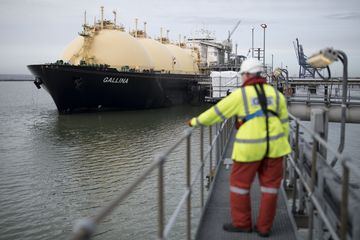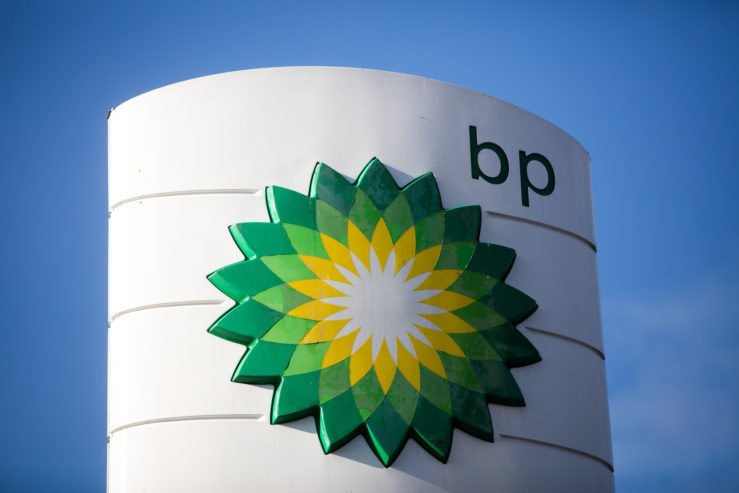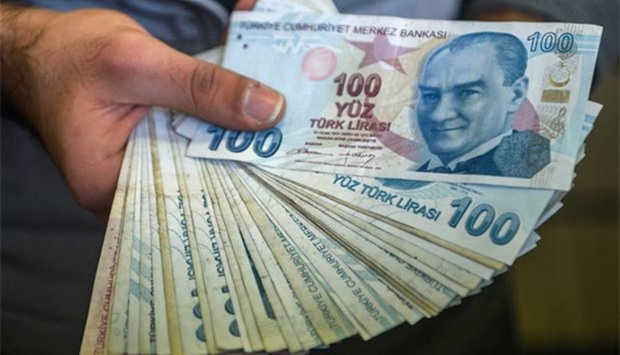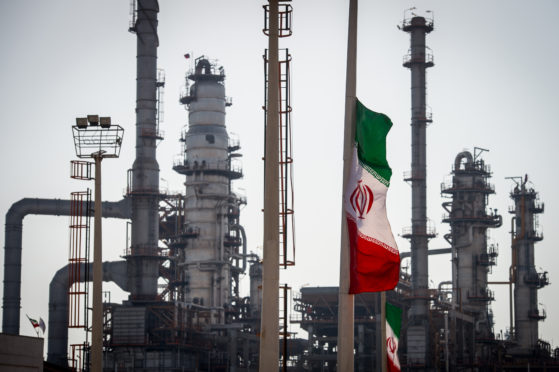When facts change, change the pact

By Jean Pisani-Ferry/Paris
The European Union’s Stability and Growth Pact, which sets fiscal rules for its member states, is like the emperor’s new clothes. Almost everyone sees it has none, yet few admit it openly. This disingenuous silence is bad economics and bad politics.
For starters, the pact’s rules are so hopelessly complex that almost no government minister, let alone member of parliament, can decipher them. There are now various reform proposals that aim to simplify things, including by a group of French and German economists to which I belong.
Most of these proposals would place less emphasis on estimating member states’ cyclically-adjusted budget deficits – a notoriously difficult calculation – and focus instead on monitoring growth in public spending. Concretely, each government would commit to expenditures consistent with the country’s economic growth outlook and expected tax receipts, and in line with a medium-term debt target. There would be less micromanagement by EU institutions, more room for national decision-making, and more responsibility for individual governments.
Ministers have so far shown no appetite for such radical reform. But there is now a second reason to overhaul the EU’s fiscal framework: today’s economic conditions are very different from those when the pact was designed over two decades ago. “When facts change, I change my mind,” John Maynard Keynes famously said. And the facts have certainly changed.
The pact entered into force in 1997. At the time, the median public debt among the 11 EU countries that would initially adopt the euro was 60% of GDP, while the forecast was 3% growth and 2% inflation. The risk-free long-term interest rate – at which most eurozone countries would soon borrow – was 5%. Stabilising the debt ratio at its prevailing 60% level therefore required governments to keep their budget deficits below 3% of GDP – or, put another way, to maintain a primary budget balance (revenues minus spending, excluding interest payments) of zero.
Such guidelines made sense. If growth faltered, revenue shrank, or markets started pricing in a default, there would be a real risk of debt spiralling out of control – as Europe’s sovereign-debt crisis of 2010-2012 later showed. The 3%-of-GDP deficit threshold that triggers the activation of a stronger policy monitoring procedure was thus a rough but reasonably calibrated benchmark. Moreover, it was wise to aim for significantly lower deficits, in order to maintain a safety margin.
In 2019, the median debt for the same 11 countries is 70% of GDP, while the International Monetary Fund currently forecasts 1.5% growth and 2% inflation (debt is a bit lower and growth a bit higher if all eurozone members are included). True, projected growth is half the level it was in 1997. Nonetheless, stabilising the debt ratio requires keeping budget deficits below 2.5% of GDP, which remains close to the pact’s 3% limit.
The big change from two decades ago, however, is the collapse in interest rates. Investors were recently willing to buy ten-year German government bonds yielding essentially nothing. Taking inflation into account, the real cost of German debt is significantly negative – as it is, to a lesser degree, for France, Spain, and most other eurozone members. Even Italy, with debt exceeding 130% of GDP and dismal growth, was able to borrow at 2.6%, or 2.4 percentage points less than Germany in 1997.
Under such conditions, a budget-deficit limit of 3% of GDP is, in fact, fairly lax. If long-term interest rates remain near zero for a few more years, governments will be able to run primary deficits greater than 2% of GDP without exceeding that limit. Many EU countries are likely to use this opportunity to finance current spending on the cheap. But should financial conditions change abruptly, they will be forced to adjust precipitously.
The European Commission insists that the 3% threshold is only an upper limit. Reforms to the pact in 2011 have tightened the screws. Eurozone countries are expected to keep their structural budget deficit (corrected for cyclical effects) close to zero, and those with a debt ratio exceeding 60% of GDP are mandated to reduce it.
However, the resulting constraints are too tight. The zero target for the structural deficit prevents governments from borrowing at today’s negative real interest rates to finance investments and reforms. And, as Olivier Blanchard of the Peterson Institute has forcefully argued, there is no compelling economic reason to cut debt when borrowing is costless.
The EU sits between a rock and a hard place. It should not let member states make a habit of financing recurring current expenditures with debt. But nor should it prevent them from taking advantage of persistently low interest rates to finance economically sound investments that will benefit future generations.
Europe should therefore reform its fiscal framework. Deficit hawks (especially in Germany) will no doubt protest, but prohibition without a rationale is politically unsustainable. Why wouldn’t EU citizens accept channelling debt-financed public investments into environmental research, renewable energy, clean transportation systems, and other efforts to contain climate change, when financial conditions would make such investments collectively profitable? Longstanding criticism of the pact for neglecting the distinction between investment and current spending is valid, to the extent that investment is defined economically rather than in accounting terms.
The EU should therefore agree on a set of goals – such as the transition to a low-carbon economy, broader access to employment, and output-enhancing economic reforms – that justify public spending temporarily in excess of the fiscal rule (unless, of course, the country is in a financially precarious state). Such an exemption should be conditional on long-term interest rates remaining exceptionally low. If rates were to rise, governments would have to trim and eventually discontinue these investments.
The need to revise the EU’s fiscal rules is clear. The main political parties competing in May’s European Parliament elections should recognise it and make the case openly. At a time when the EU’s very purpose is being questioned, economics taboos are the last thing Europe needs. – Project Syndicate
l Jean Pisani-Ferry, a professor at the Hertie School of Governance (Berlin) and Sciences Po (Paris), holds the Tommaso Padoa-Schioppa chair at the European University Institute and is a senior fellow at Bruegel, a Brussels-based think tank.








